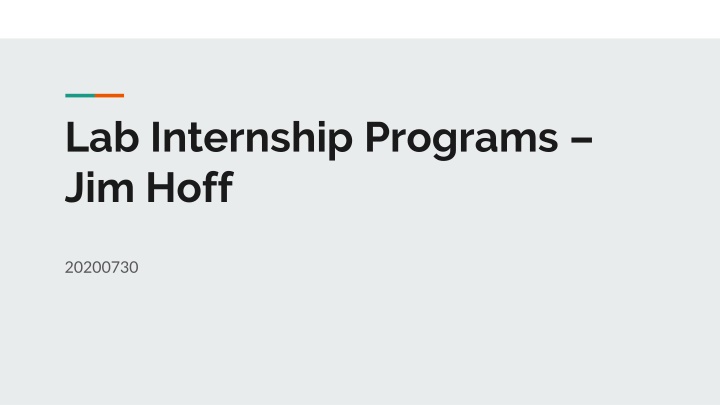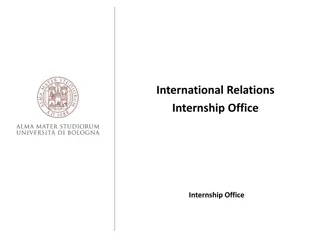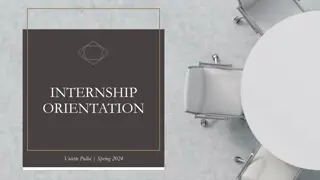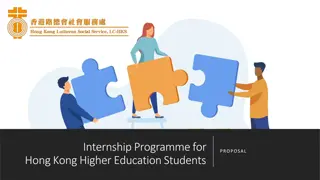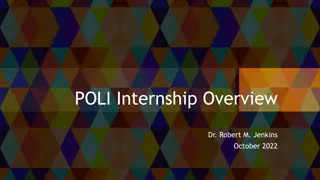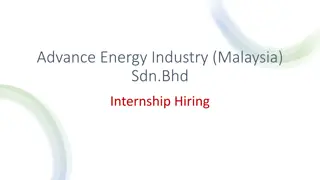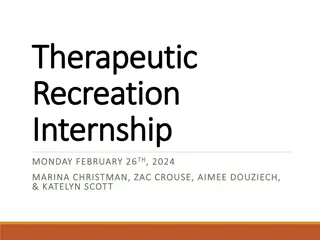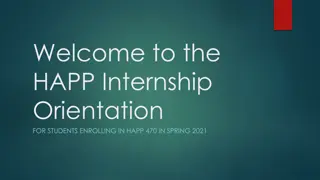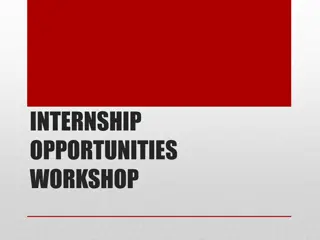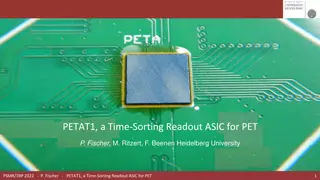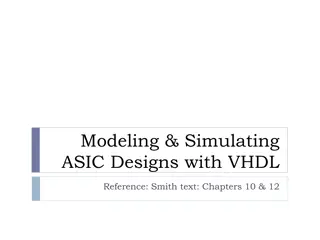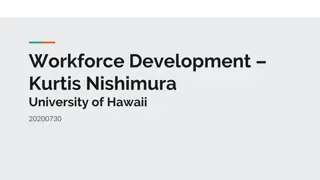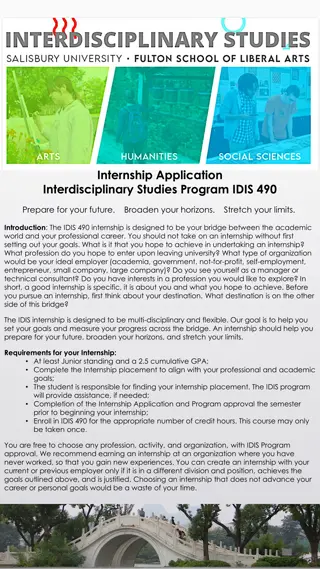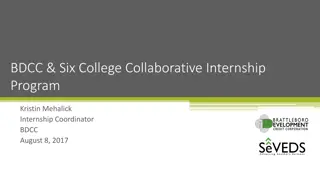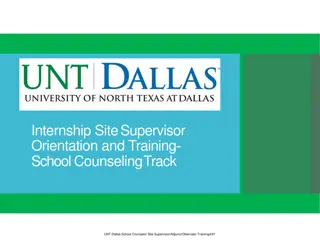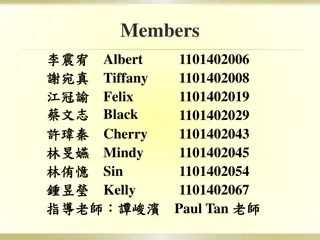Enhancing National Lab Internship Programs for ASIC Design Students
Establishing regular internship programs at National Labs for ASIC design students to bridge the gap between academia and industry. This initiative aims to provide students exposure, on-the-job experience, and advance collaborative projects while enhancing technical expertise and potential job opportunities.
Download Presentation

Please find below an Image/Link to download the presentation.
The content on the website is provided AS IS for your information and personal use only. It may not be sold, licensed, or shared on other websites without obtaining consent from the author.If you encounter any issues during the download, it is possible that the publisher has removed the file from their server.
You are allowed to download the files provided on this website for personal or commercial use, subject to the condition that they are used lawfully. All files are the property of their respective owners.
The content on the website is provided AS IS for your information and personal use only. It may not be sold, licensed, or shared on other websites without obtaining consent from the author.
E N D
Presentation Transcript
Lab Internship Programs Jim Hoff 20200730
What? The concept is a very simple one: To establish regular, consistent internship programs in ASIC design or a closely related subject at every National Lab specifically for use by the students of our University collaborators. These internships should be expected to provide a salary and temporary housing for these interns.
Why? Maintaining / training / developing technical expertise. At any given time, there are students learning ASIC design within our University systems. All to often, they learn their trade and graduate and the National Labs never really get to know who they are. At the same time, jobs arise at our National Labs and they are filled by headhunters and job- search websites. We need to provide a simple way to get these students exposure to the National Labs. The Universities get a student with more training. The students might get a job or (at the very least) a good mark on their resume. The National Labs get the chance to interview perspective candidates over a period of MONTHS not minutes.
How? MONEY The Labs need to buy into this idea first. It is already firmly in place at CERN, so that might be an example of a way forward. In any case, one idea would be that nomination to these positions would come from the University collaborators. For example, Student X is working on Project Y and Laboratory Z has an interest in that project. Professor Q nominates Student X to Laboratory Z and if Laboratory Z agrees, Student X spends a summer or a semester or longer at Laboratory Z. Student X gets on-the-job experience. The Lab-University collaboration is advanced. If all goes well, Project Y is advanced, and Laboratory Z learns a lot about Student X.
Synergies? More than I can name: 1. How do I get an expertise into a University? Send a student to a National Lab that has such expertise and have the student learn from skilled professionals. 2. How do I get highly focused research done on a subject? Hire a student intern, propose the subject to the student and their professor as a Masters Thesis or PhD Dissertation. 3. How does a talented student figure our if they want to spend the rest of their life working in ASICs? Have their professor nominate them for an internship and see how it works out.
Conclusion Each National Lab has internship programs already. However, this idea is highly focused. These are interns in ASIC design for Big Physics. They will be regular internships, so the professors can expect them to be there. The Labs can expect them to start at a relatively high level. This isn t some kid off the streets, this is a student nominated by a professor that we know to work specifically on ASICs. The Labs will be aware of the student s arrival and can plan for it. If there is a strong Lab-University collaboration in place (e.g. Fermilab and SMU in LBNE), the project can be significantly advanced (e.g. Xiaoran Wang and COLDATA) (Incidentally, upon graduation, Fermilab hired Xiaoran on the strength of his time at Fermilab.) This is a simple thing to enhance Lab-University collaboration. Simple things applied again and again often provide the most dramatic results.
